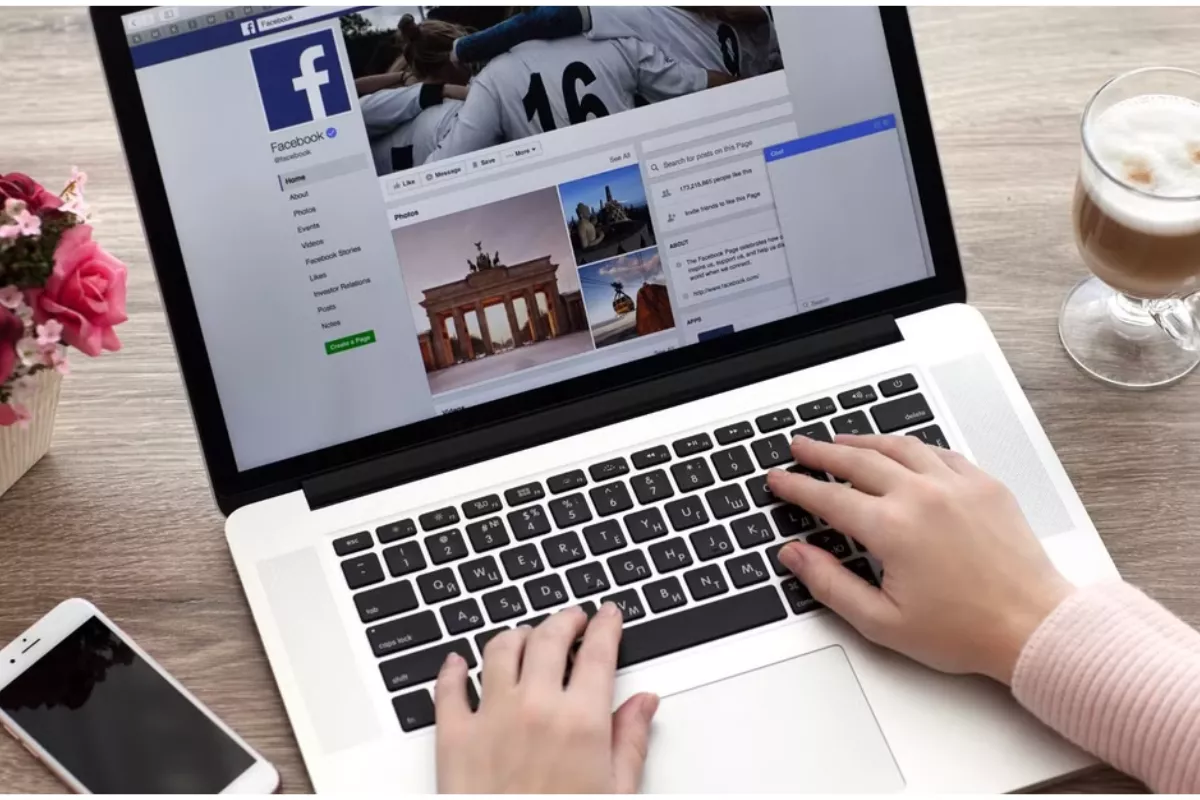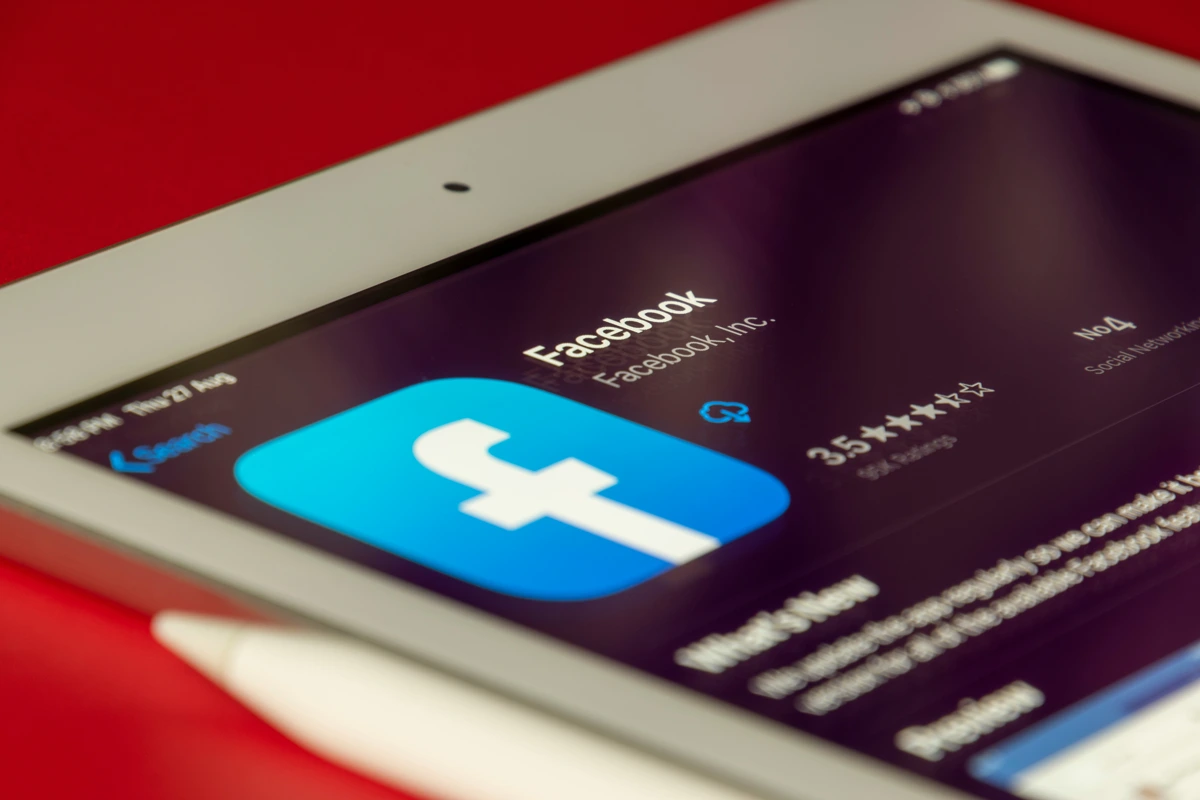If your Shopify store is bleeding money on Facebook ads, you’re not alone. Many store owners burn through budgets with rising CPCs and stagnant ROAS without understanding why. The truth is, it’s not always about spending less. It’s about spending smarter.
In this no-fluff guide, we’re breaking down performance-driven tactics to reduce Facebook ad costs without sacrificing conversions. Whether you’re just starting or scaling to $100k+ in monthly revenue, these principles will help you cut waste, tighten performance, and unlock real profitability.
1. Ditch Broad Targeting: Focus on Smaller, Warmer Audiences
Cold audiences drain your budget fast. Retarget site visitors, abandoned carts, and email subscribers. Use lookalikes based on past buyers. These groups know your brand and convert at lower costs. Layer in demographics to narrow reach and boost efficiency.
- Custom audiences of past buyers and email subscribers
- Lookalike audiences based on your best customers (1%–3%)
- Website retargeting: people who viewed products, abandoned carts, or initiated checkout
These are the audiences who already know you. They’re cheaper to reach and convert faster—bringing your CPA down without reducing ad quality.
Advanced Tip: Layer demographics (age, location, device) onto warm audiences to fine-tune your reach even more.
2. Maximize Your Relevance Score (Now Called “Quality Ranking”)
High engagement = lower ad costs. Match your creatives to the audience, write sharp headlines, and use eye-catching visuals. Test variations weekly. Better quality scores reduce CPM and boost ROI. Use Facebook’s Ad Diagnostics to troubleshoot performance issues.
Fix your quality score by:
- Tailoring creative to each audience segment
- Writing scroll-stopping headlines with a clear value proposition
- Using high-resolution visuals or short, punchy videos
- Running A/B tests on copy, format, and CTA every week
Better engagement = better scores = cheaper ads.
Pro Tip: Use Facebook’s “Ad Diagnostics” to identify whether your ad is underperforming on quality, engagement, or conversion.
3. Create Thumb-Stopping Ads That Get Clicked
Low CTR drives up your CPC. Lead with product benefits, not specs. Use video or motion graphics, social proof, and limited-time offers to grab attention. Test ad formats—carousels and videos often outperform static images for product-based ads.
How to boost CTR:
- Start with benefits, not features. Answer: “What’s in it for me?”
- Use motion (GIFs or quick-cut videos) to catch the eye
- Inject urgency with limited-time offers or scarcity (“Only 3 left!”)
- Include social proof (e.g. “Over 10,000 5-star reviews”)
Execution Tip: Test formats. Video often outperforms static images, but carousel ads can work great for product showcases.
4. Fix Your Landing Pages Before You Fix Your Ads
A slow or confusing landing page kills conversions. Ensure it matches your ad, loads fast (especially on mobile), and features a clear CTA. Add trust elements like reviews and guarantees. Facebook tracks bounce rates—bad UX raises your ad costs.
Make sure your landing page:
- Matches your ad copy exactly (message consistency is critical)
- Loads in under 3 seconds, especially on mobile
- Has a prominent, visible CTA above the fold
- Uses trust signals: reviews, guarantees, security badges
Facebook tracks post-click behavior. If users bounce quickly, your costs go up. Better UX equals better conversions—and lower spending.
5. Retarget Intelligently with Lower Budgets
Retarget users who showed intent: product views, cart adds, or past purchases. Use smaller daily budgets to avoid fatigue. Dynamic product ads work best—show users exactly what they viewed. Retargeting costs less and converts faster than cold traffic.
High-ROI retargeting audiences:
- Viewed product but didn’t purchase
- Added to cart but didn’t check out
- Purchased once but not recently
Run smaller daily budgets ($5–$15 per audience). These are your most efficient ad dollars—don’t waste them by blasting too many impressions.
Pro Tip: Use dynamic product ads (DPAs) for retargeting. They show users the exact products they viewed.
6. Test the Right Campaign Objectives and Placements
Wrong objectives waste budget. Use “Conversions” over “Traffic” to reach buyers. Test manual vs. automatic placements—Instagram Stories often outperform. Try CBO and ABO to see what works best for your account. Weekly testing improves ROAS and scaling potential.
Smart testing framework:
- Traffic vs. Conversions: Start with Conversions. Traffic campaigns attract clickers—not necessarily buyers.
- Manual vs. Automatic Placements: Test both, but often Instagram Stories, Reels, and Mobile News Feed drive better ROI.
- CBO vs. ABO (Budgeting): Try both. Some accounts perform better with more control via ABO.
Optimization Tip: Don’t set-and-forget. Reevaluate winning ad sets weekly and shift budget accordingly.
7. Use Dayparting to Avoid Ad Waste
Stop running ads when no one’s buying. Use ad scheduling to run only during peak hours. Check analytics to pinpoint top converting times. Shutting down low-activity hours reduces impressions without hurting conversions—saving money daily.
Here’s how to implement dayparting:
- In Ads Manager, use ad scheduling within your campaign settings
- Analyze peak conversion hours from Facebook or Google Analytics
- Run ads only when your audience is active and buying
You’ll instantly reduce wasted impressions and boost efficiency without lowering total conversions.
8. Rotate Creatives Like Clockwork
Stale ads increase costs. Swap headlines, test new visuals, and rotate offers every 10–14 days. Introduce user-generated content or testimonials for authenticity. Regular updates maintain engagement, reduce fatigue, and keep your performance high across campaigns.
Refresh creatives regularly:
- Change image angles or background colors
- Swap headlines and value props
- Test different offer styles (free shipping vs. 20% off)
- Introduce UGC or testimonial-based creatives
Set a cadence: Refresh creatives every 10–14 days, depending on audience size.
9. Ruthlessly Exclude Unqualified Audiences
Don’t pay for clicks from people who won’t buy. Exclude recent buyers, non-serviceable locations, and internal traffic. Use analytics to flag behaviors that signal no intent. Cleaner targeting improves data quality and lowers wasted spend.
Exclude:
- Recent purchasers (7–30 days)
- Countries you don’t ship to
- Employees, freelancers, agencies (custom audience match)
- Anyone who triggered a refund or chargeback
Data Tip: Use Facebook Analytics or Google Tag Manager to find and eliminate “no-buy” behaviors from your targeting logic.
10. Take Control of Cost Caps and ROAS Targets
Set cost caps to keep your CPA in check. Use minimum ROAS bidding to hit profitability goals. Always apply campaign budget limits to avoid overspending. These controls create predictability and prevent Facebook from overshooting your target spend.
Use these settings for better control:
- Cost Cap Bidding: Set your ideal CPA and let Facebook optimize within it
- Minimum ROAS Bidding: Tell Facebook your breakeven return (e.g. 2.0x) and optimize for profitability
- Daily/Lifetime Budget Limits: Prevent accidental overspending
Smart bidding makes your ad account more predictable—and scalable.
Final Thoughts: You Don’t Need a Bigger Budget—You Need a Better Strategy
Lowering Facebook ad costs isn’t about cutting corners—it’s about increasing precision. When you refine who you target, how you message, where you send traffic, and how you measure success, the algorithm starts to work for you—not against you.
Your Facebook Ad Cost-Cutting Checklist:
- Target warm, high-intent audiences
- Maximize engagement and CTR
- Match landing pages to ad copy
- Rotate creatives to fight fatigue
- Exclude useless traffic
- Use data to set smarter bids and schedules
Start testing, stop wasting, and scale what works.
Roel Manarang
Roel Manarang is a digital marketing strategist with over a decade of experience driving growth for eCommerce brands. As the Head of Strategy at Enamtila, he combines deep expertise in Shopify-powered businesses with a hands-on approach to campaign planning, market analysis, performance optimization, and art direction. By aligning creative visuals with data-driven strategies, Roel crafts campaigns that resonate with audiences, drive sales, and position brands for lasting success in competitive markets.


